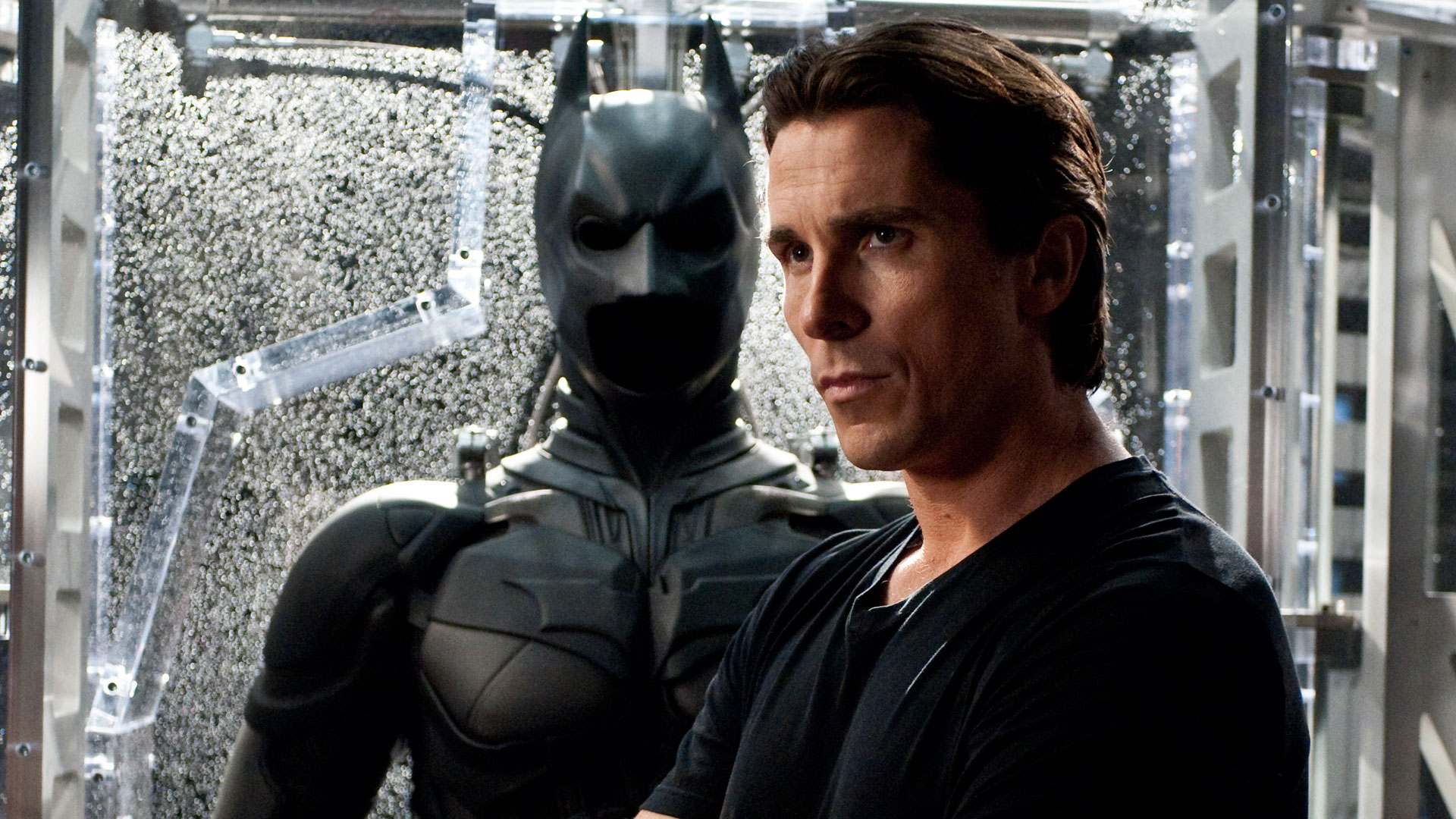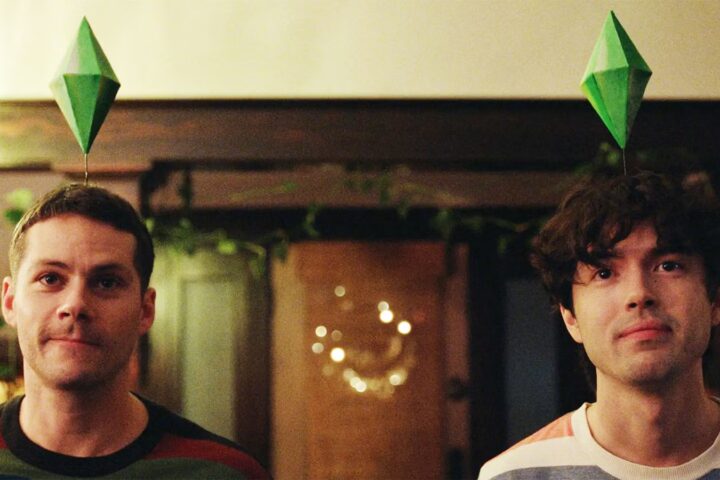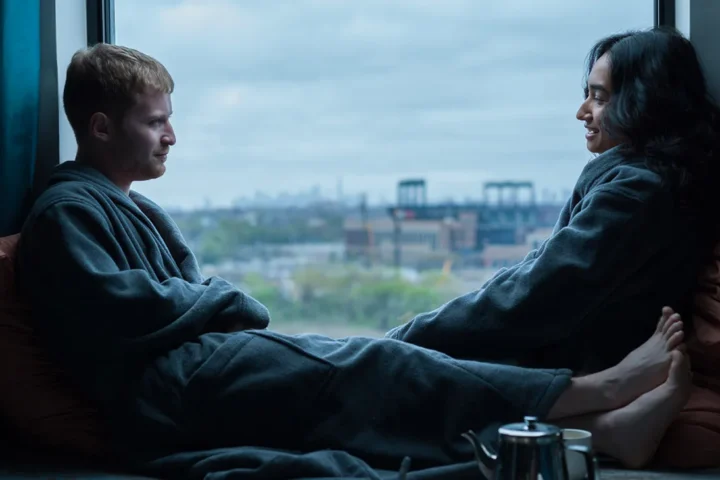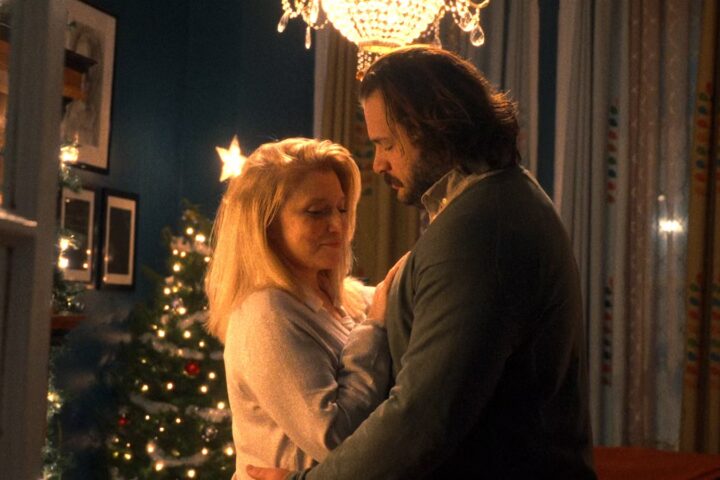I’m not sure it’s possible for any movie to live up to the deafening din of hype and expectation faced by Christopher Nolan’s The Dark Knight Rises, on the heels of its 2008 predecessor’s $1 billion haul at the box office and legion of worshippers in extremis (otherwise known as fanboys) who have propelled that picture into the rarified realm of (pop) cultural phenomena.
The good news is that The Dark Knight Rises, while not quite perfect, is a largely absorbing and meticulously crafted magnum opus of mythmaking, social context, human drama and elegant action—which would seem an unwieldy mix. If it doesn’t approach the clean machine perfection of The Dark Knight—which had better pacing and a much stronger villain in Heath Ledger’s Oscar-winning turn as The Joker—it’s still pretty good on its own terms, minus a semi-slack midsection inflating the picture to a super-sized and unnecessary 164 minutes.
The picture opens 8 years after The Dark Knight’s conclusion, and in a bravura opening sequence that plays like the best Bond set-piece never shot, we meet uber-villain Bane (Tom Hardy), a hulking, masked terrorist bent on freeing Gotham’s most heinous criminals (think Escape from New York) and—what else—destruction of the city. Set aboard a plummeting, hijacked plane, Nolan stages a great escape as Bane and henchman dispatch their FBI captors in a breakaway hull.
Back in Gotham, cue Commissioner Gordon (Gary Oldman) and Mayor Garcia (Nestor Carbonell), commemorating Harvey Dent (Aaron Eckhart) Day at Wayne Manor. Recluse Bruce Wayne (Christian Bale) has retired Batman and become a cane hobbling shell of himself, no cartilage left in his knees, burgled by Selina Kyle (Anne Hathaway), a slinky femme fatale who cracks his safe to snatch his mother’s priceless pearls.
But it’s not only the pearls she is after. In exchange for a clean identity, Selina has also stolen Bruce’s fingerprints and transferred them to John Daggett, duplicitous board director at Wayne Enterprises who wants to see Wayne wiped out, working in cahoots with Bane, himself hatching a secret plan to morph Gotham’s clean energy reactor into an atom bomb that will decimate the city.
In the background is Alfred (a bittersweet Michael Caine), melancholy over Bruce’s wasted love life and inability to find happiness. Bruce does, however, entertain the interests of wealthy philanthropist Miranda Tate (Marion Cotillard), the only person he opens up to.
We also meet police officer turned detective John Blake (Joseph Gordon-Levitt), on the Bane case and collaborating with Wayne, also protective of a beleaguered boys’ home in financial jeopardy. And of course, Morgan Freeman turns up as Lucius Fox (otherwise known as Morgan Freeman), the techno-wizard pining for Bruce to get some skin back in the Gotham City crime-fighting game.
This doesn’t even scratch the surface of the dense intricacies of the plot, which finds Bane taking to the streets to “liberate” the citizens of the city, trashing the stock exchange and terrorizing brokers before opening the floodgates of the city jail, releasing Gotham’s scourge back into society.
In the middle of it all, Selina (a.k.a Catwoman) and Bruce tentatively dancer around a flirtatious rivalry—it’s clear to us they are attracted to each other—while recognizing their socioeconomic and ideological differences. After Bruce loses his fortune but is allowed to keep Wayne Manor, she chides him that “The rich even go broke different than the rest of us.”
So yes, we have a Batman film with its thematic lens pointed at the Occupy movement, the divide between 1% Bruce and 99% Selina and a rallying cry for citizens to take back government—all piquant, indeed, and providing a real-world context for a fantasy picture that, at times, feels like it might collapse from so much Relevance.
Or perhaps collapse from its second act, which finds Bruce exiled and imprisoned, hope lost for Gotham City and a lot of plodding dialogue, which really drags down the stellar first and final thirds of this picture, putting it slightly behind The Dark Knight in terms of overall narrative drive.
The last half hour of the picture—with its ticking time bomb and slow destruction of Gotham via a series of strategic explosions (judicious use of CGI, which Nolan uses ever so sparingly), confrontation between police and criminals, mano-a-mano between Batman and Bane and some surprises thrown in for good measure—is gleaming, gorgeous, full-throttle filmmaking so professionally done, so expertly shot, edited and scored, so visionary in concept and so narratively satisfying when the pieces of Bruce’s past and future snap into place, to experience it is to savor the maverick joys of the best of big budget filmmaking.
Special mention must be made for cinematographer Wall Pfister, who has composed and framed a hauntingly beautiful film in multiple aspect ratios, with significant chunks devoted to the IMAX format’s tall, all-encompassing views of Gotham City, which are breathtaking.
The Dark Knight Rises ends on a reversal and unexpected note that left me with a lump in my throat.
3 stars.



